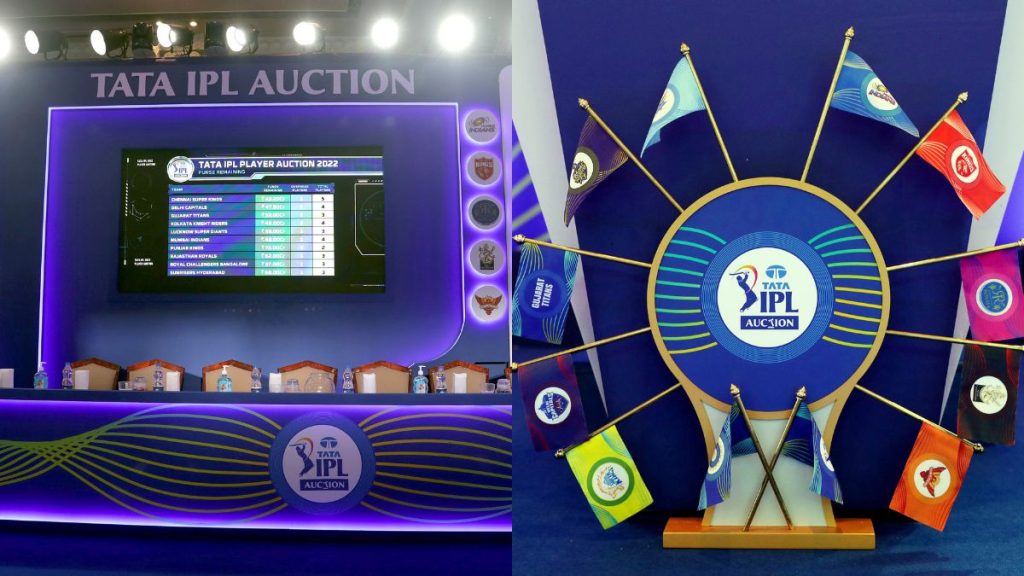The Indian Premier League (IPL) has always been at the forefront of cricket’s commercial evolution, and the upcoming IPL 2025 auction promises to introduce a strategic overhaul with reports suggesting a model of 4 player retentions and 2 Right To Match (RTM) options per team. This change, if implemented, could significantly alter team compositions, fan expectations, and the overall dynamics of player acquisitions in the IPL.
The IPL 2025 Retention Strategy:
Allowing teams to retain four players marks a middle ground between maintaining team cores and allowing for fresh talent influx. This strategy could benefit teams like Mumbai Indians, Kolkata Knight Riders, and Sunrisers Hyderabad, who might look to keep their successful core intact. The retention of key players, especially those who are integral to the team’s strategy or have a significant fan following, ensures continuity and could potentially stabilize team performance over seasons.
The Return of Right To Match (RTM):
The reintroduction of the RTM option adds a layer of complexity and strategy to team building. With two RTM cards, teams can match the highest bid for a player from their previous squad, providing a safety net for losing key players to higher bids. This rule not only gives players a chance to test their market value but also allows teams to retain players they might have missed in the direct retention phase. The RTM could lead to increased bidding wars, making the auction process more thrilling for viewers and potentially inflating player prices.
Financial and Strategic Implications:
The proposed increase in the salary cap to INR 110-115 crores, alongside the removal of salary cap differences between foreign and Indian players, suggests a more balanced approach to squad building. Teams can now invest more freely in international stars or nurture domestic talent without financial constraints based on nationality. This could lead to more diverse and competitive teams, potentially enhancing the quality of cricket.
Fan and Player Perspectives:
From a fan’s viewpoint, this new system might increase engagement due to the strategic depth it adds. Fans could see their favorite players retained more often, leading to a more stable team identity, which is crucial for fan loyalty. However, it also means less turnover, which might reduce the excitement of seeing entirely new teams each season.
For players, especially those not retained, the RTM provides a safety net but also a competitive edge. They can negotiate their market value, knowing there’s a chance their original team might match the bid. This could lead to higher overall salaries for players, reflecting their true market value more accurately.
Market Dynamics and Auction Drama:
The introduction of RTM in the IPL could make the auction more dramatic. Teams might bid aggressively, knowing that their rivals have a limited number of RTM cards, potentially inflating prices. This strategy could be used to disadvantage other teams by forcing them to use their RTM early or pay more than they intended.
The IPL 2025 auction’s proposed rules of 4 retentions and 2 RTMs signify a move towards strategic continuity while maintaining the essence of competition and excitement in player auctions. This approach could lead to more stable, yet competitive teams, potentially enhancing the league’s overall quality and viewer engagement. However, the success of this model will largely depend on how teams utilize their retention and RTM options, balancing between retaining proven performers and investing in new talents. As we approach the auction, cricket enthusiasts and analysts alike will watch closely how these changes unfold, potentially setting a new precedent for franchise cricket leagues globally.

